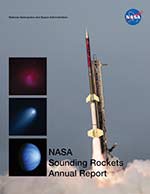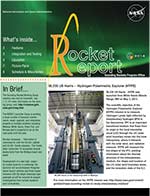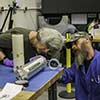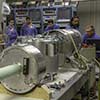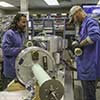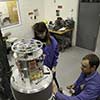
36.303 and 30.304 UE LYNCH/DARTMOUTH COLLEGE
Ionospheric Structuring: In Situ and Ground based Low Altitude StudieS (ISINGLASS)
- Mission
- Vehicle
- Launch
- Photos
36.303 UE the first of two ISINGLASS rockets was launched on February 22, 2017. 36.304 UE, the second ISINGLASS rocket, was launched on March 1, 2017.
The ISINGLASS sounding rocket mission sampled multiple locations simultaneously in the auroral ionosphere to take gradient measurements of plasma parameters. Two identical rockets were flown into two separate events (ie, quiet early evening arc vs dynamic rayed arc); each rocket had a large subpayload, and four small deployable payloads.
The in situ measurements of plasma parameters at multiple locations will be stitched together using ground based measurements and data assimilation to produce a localized map of plasma parameters and gradients. The information gained in this process is also being applied to a CubeSat swarm concept to sample the aurora via localized multipoint measurements on orbital spacecraft. The multipoint measurements of auroral ionosphere are made using the PIP (Petite Ion Probe) retarding potential analyser sensor. The PIPs were carried by 4 deployable payloads known as Bobs. The Bob payloads were ejected from the main payload using springs. Each Bob payload contained an Arduino and associated shield board as a spacecraft bus, an inertial measurement unit (IMU) for attitude information, 2 PIP sensors, a rechargeable battery pack for power, an LED beacon package, and a crossed-dipole antenna for transmission of data back to the main payload. Data from the separable payloads was transmitted back to the Bob-mains onboard the main payload, which captured the data from the ejectables via the DNT 900 radio link, and passed the data to the main payload TM. In addition, six PIPs were also be located on the main payload, and their data was passed to the Wallops TM through onboard Arduinos and shields. The main payload also carried a precipitation sensor Acute Precipitating Electron Spectrometer (APES), a scientific magnetometer, and a thermal electron plasma sensor, Electron Retarding Potential Analyzer (ERPA).
A significant ground-based sensor array, including the use of PFISR, and a modelling/assimilation analysis, completed the mission.
The Principal Investigator is Dr. Kristina Lynch/Dartmouth College.
More on NASA.gov: https://www.nasa.gov/feature/Wallops/2017/1-down-3-to-go-sounding-rocket-flies-in-alaska-to-study-aurora
The Black Brant 9 is a two stage sounding rocket with a Terrier first stage and Black Brant second stage. The Black Brant 9 can reach altitudes of about 600 km. Payloads weighing from 400 to 1200 pounds can be flown.
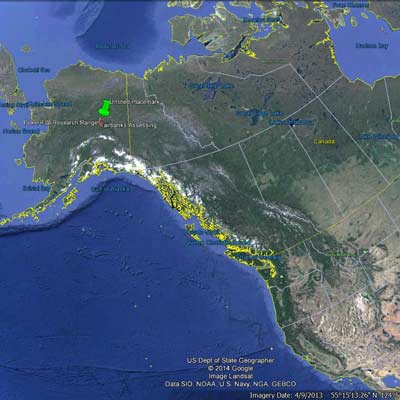
36.303 UE, the first of the two ISINGLASS rockets was launched from Poker Flat Research Range, Alaska on February 22, 2017. 36.304 UE was launched on March 1, 2017.

